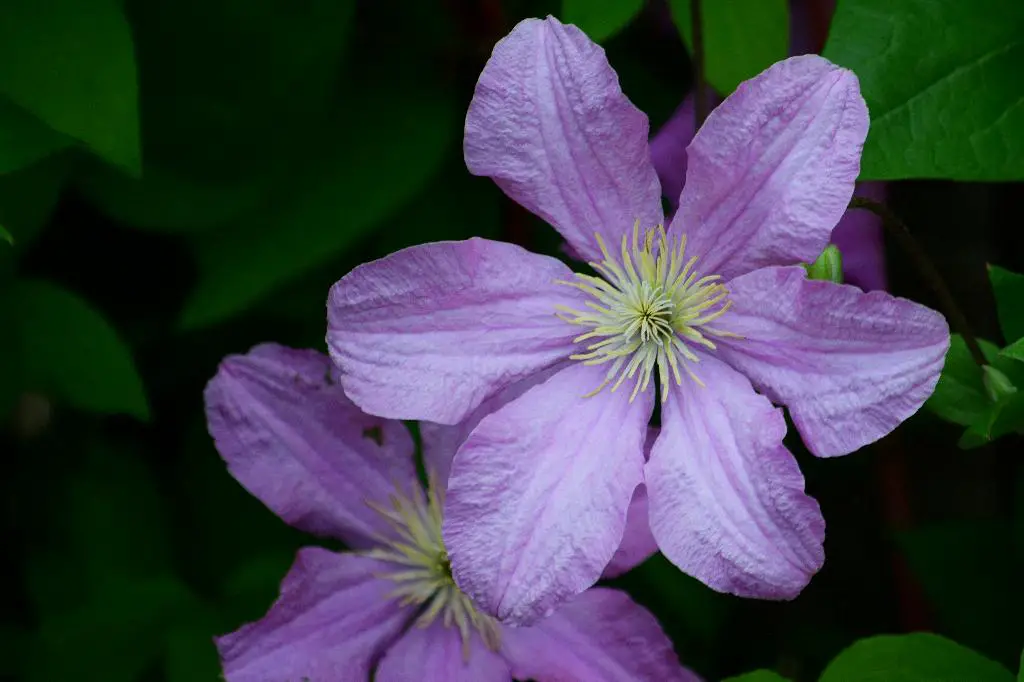If you’re a fan of clematis and want to ensure they bloom beautifully, there are several key strategies you can implement. By following these tips, you can keep your clematis plants healthy and vibrant throughout the growing season.
Regular Pruning
One of the most important aspects of caring for clematis is regular pruning. Pruning helps stimulate new growth and encourages the plant to produce more flowers. Be sure to prune your clematis vine regularly to keep it in optimal condition.
Plenty of Sunlight
Clematis plants thrive in sunny locations, so it’s essential to provide them with at least 6-8 hours of direct sunlight per day. Make sure to plant your clematis in a spot that receives plenty of sun to promote healthy growth and abundant blooms.
Proper Fertilization
Another key factor in keeping clematis blooming is proper fertilization. Consider using a balanced fertilizer to provide essential nutrients to your plants. By fertilizing your clematis regularly, you can help them maintain strong growth and vibrant flowers.
Consistent Watering
Watering your clematis plants regularly is crucial for their overall health and blooming success. Be sure to keep the soil consistently moist but not waterlogged. Providing adequate water will help your clematis thrive and produce an abundance of blooms.
Deadheading Flowers
Deadheading spent flowers is a simple yet effective way to encourage clematis to bloom more frequently. By removing old blooms, you can promote new growth and extend the blooming period of your plants. Make a habit of deadheading your clematis regularly to maintain a continuous display of flowers.
Support Structures
Proper support structures are essential for clematis vines to grow and bloom effectively. Install trellises, arbors, or other climbing structures to support your clematis plants as they grow. By providing sturdy support, you can help your clematis reach their full blooming potential.
Regular Inspections
Make it a habit to inspect your clematis plants regularly for any signs of pests or diseases. Early detection and treatment can help prevent issues that may affect blooming. Keep an eye out for any abnormalities in your plants and take prompt action to address them.
Proper Air Circulation
Good air circulation is crucial for clematis plants to thrive and bloom abundantly. Ensure that your plants have adequate space between them to allow for proper airflow. Prune any overcrowded or tangled growth to promote healthy circulation and encourage blooming.
Seasonal Care
Adjust your care routine based on the season to meet the specific needs of your clematis plants. During the growing season, provide regular watering and fertilization to support blooming. In the winter, protect your plants from harsh weather conditions to ensure they come back strong in the spring.
Mulching
Applying mulch around the base of your clematis plants can help retain moisture, regulate soil temperature, and suppress weeds. Use organic mulch, such as compost or shredded bark, to provide a nutrient-rich environment for your plants. Mulching can aid in blooming success and overall plant health.
Proactive Care
Take a proactive approach to caring for your clematis plants to ensure they bloom beautifully year after year. By following these tips and staying attentive to your plants’ needs, you can enjoy a stunning display of clematis flowers throughout the growing season.

